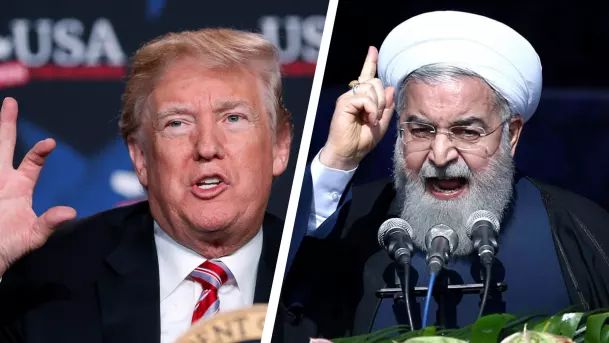Iran Nuclear Deal: A Bleak Future
May 09, 2019 • 11 views
Iran Nuclear deal was signed in July, 2015 under the presidency of U.S president Barack Obama. Also known as the Joint Comprehensive Plan of Action, the 25-year agreement aimed at curbing Iran from developing any Nuclear weapon which would be a threat to the world. Iran agreed to enter the deal in exchange for the U.S reducing the economic sanctions imposed on it. These sanctions had held Iran from building a trade internationally and had been responsible for Iran’s crippling economy. The deal was signed between United States, France, UK, Russia, Germany, China and European Union; a group of world powers, also known as P5+1.

The deal imposed a set of instructions to restrict Iran’s nuclear programme from developing further. Under the restrictions;
Iran had to get rid of a vast majority of its enriched Uranium (used to make reactor fuel) and that precisely was 97% of the total amount.
It reduced the number of nuclear centrifuges from 20,000 to 5000.
IAEA Inspection and monitoring was another pivotal step in the deal. This included strict monitoring by the U.S on Iran’s nuclear programme. Regular inspections were held to keep a check on the working of the Nuclear facilities.
On May 8, 2018, U.S president Donald Trump announced a withdrawal from the deal accentuating its futility as it failed to curb Iran’s developing ballistic missile programme. However, the nuclear deal never mentioned of restricting the development regarding any ballistic missile programme. Other nations could not swerve Trump away from his decision. Along the withdrawal came the move to reimpose the sanction on Iran and isolate it from the world’s economy.Things escalated when Trump administration labelled Iran’s military and security organization as a ’foreign terrorist organisation’.Meanwhile a wave of distruption ran along the international community with Iran’s support to Bassar Al Assad’s government in Syria (the side U.S troops have been fighting against).

One year later, Iranian President Hasan Rouhani has issued an ultimatum to the remaining countries still bound to the deal, to reinstate the levels of uranium enrichment if better terms or a deal is not striked soon. What happens next amidst the growing animosity between the two nations still remains uncertain. Iran may quit the deal and start working towards its nuclear programme in defiance of the deal made in 2015. Whatever the outcome may be but it definitely does not seem to drift towards striking a peace treaty. Escalated sanctions on the import of Iran’s oil could be witnessed in a move to pressurize Iran to agree to the conditions put forth by the U.S. and this only paves a way for a battle ground ahead.
